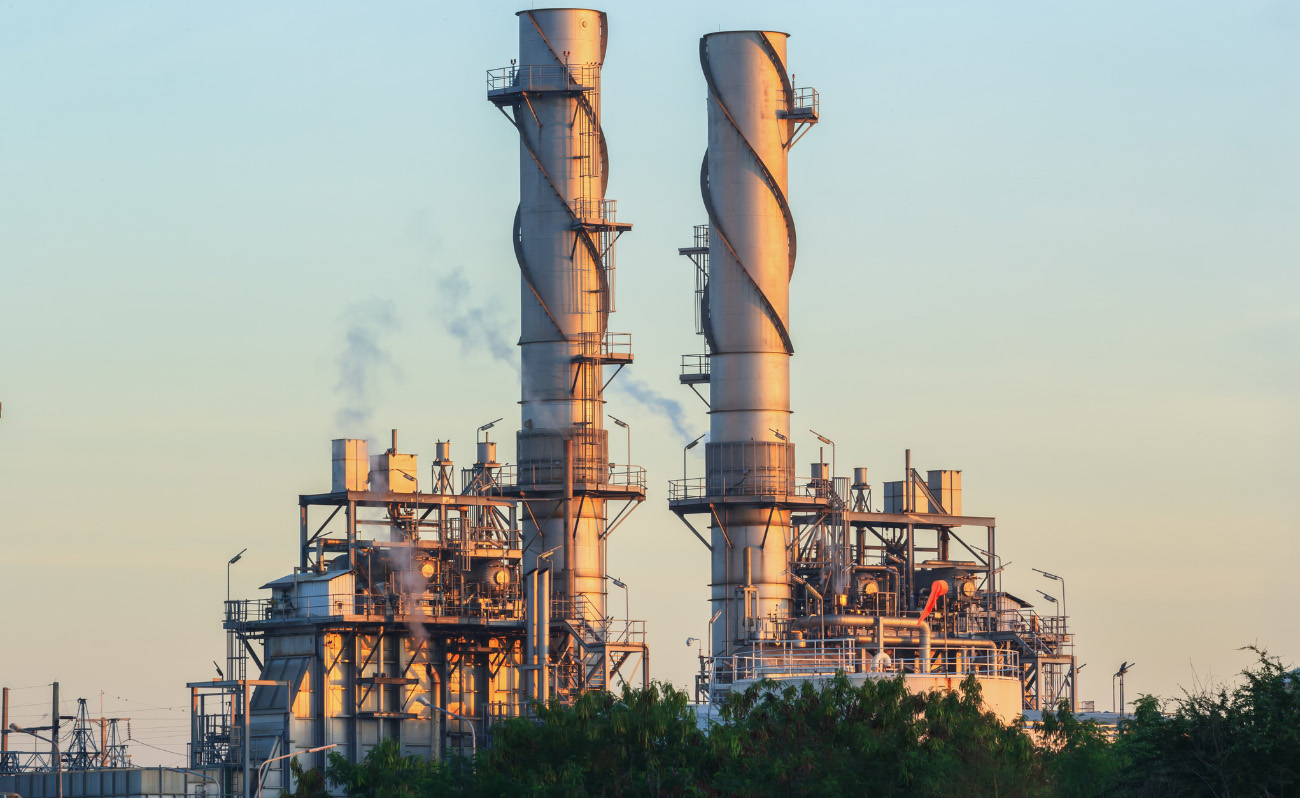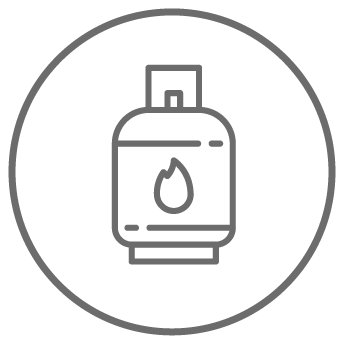Natural gas - Environmental impact and why to prefer it

Among the fossil fuels in addition to coal and oil is natural gas, which is considered a bridge to the shift towards the increasing use of renewable sources. Let us see where it is found, how much it pollutes and why we prefer it.
Natural gas – General information
Natural gas is a mixture made from methane and is less polluting than oil and coal, but it is still a fossil fuel and for this reason, it cannot be included among the clean and renewable energy sources. In Italy and in the world it is used for cooking stoves, domestic heating and hot water production as well as to generate electricity. Moreover, in the last years it has replaced the use of gasoline as fuel for cars.
At the beginning of 2022, the Russia-Ukraine conflict has brought the attention on Italy’s dependency on natural gas from other countries, Russia first. For this, as well as for environmental reasons, we are moving towards renewable sources such as solar energy.
Main natural gas fields - Sites
The main natural gas fields are located in Russia, followed by Algeria, Iran and the United States. After extraction, the gas is transported by sea or via pipelines. In this scenario, Italy produces just 4.4% of the natural gas it consumes, while 38% arrives from Russia along a 4,000 km pipeline that also crosses Ukraine. Other supplies of natural gas to Italy come from Algeria (27.8%) via the Transmed structure, which is 2 thousand kilometers long and crosses Tunisia to reach the plant in Sicily of Mazara del Vallo.
Natural gas pollute - Pollution
It makes little sense to talk about natural gas as a clean fossil source, despite its lower environmental impact than oil and coal. Natural gas is also a polluting, non-renewable energy source that has two problems associated with its use:
- Emissions of carbon dioxide and greenhouse gases related to its combustion and contributing to global warming
- Presence of methane, a greenhouse gas that in the twenty years following its release into the atmosphere traps heat contributing to global warming and the climate crisis, as shown by the 2018 study by researchers at NOAA in Boulder (Colorado). This study shows how methane emissions caused by technical problems in the U.S. mining industry are 60 percent higher than estimated and would have an effect on climate equivalent to the CO2 emissions caused annually by U.S. coal-fired power plants
Investing in natural gas transportation networks also makes it possible to build facilities that can be used in the future to transport hydrogen and biomethane, renewable and clean gases that will need to account for a growing share of the energy source landscape in the years to come. This is a sustainable development in which the increased use of natural gas is only the first step.




